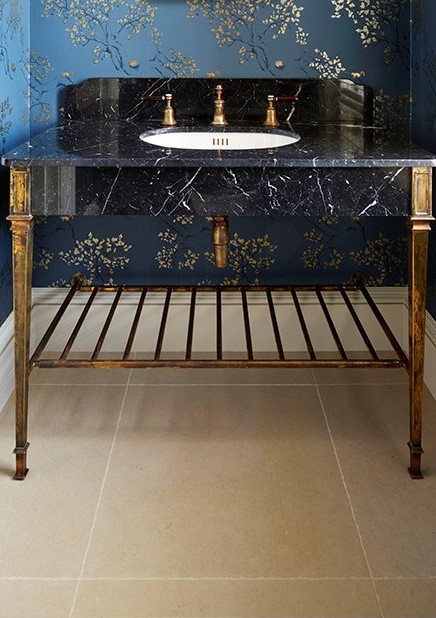For dash design’s president David Ashen, a master’s in architecture from Penn and a degree in engineering from Tufts would not be enough.
No, to design four new restaurants for the Mandarin Oriental in Shanghai required help from Craig Briggs, managing director at Brandimage – and no small amount of prescience.
Architectonica had designed the hotel, completing it in 2007. By 2008, Ashen and Briggs were making decisions about what an all-day buffet, a Chinese restaurant, a New York-style steakhouse, and a cake shop should look like.
“We had very little direction, so we had to collaborate to develop a strategy,” he says. “What’s the market like? Who’s out there? What’s trending and where are the holes?”
Then came the financial meltdown.
“It’s the longest project I’ve ever worked on – with a year and a half pause,” he says.
But the doors for all four swung open in May, with official openings scheduled for later this month. Each features its own personality.
Two are below grade, an attribute that’s perceived negatively by the Chinese. But Ashen and Briggs worked to turn it into a positive with the manipulation of light. In the all-day buffet, they added a central courtyard, and in the Chinese restaurant, they created a dark-to-light, mystical journey.
“The courtyard is open to sky, 21 feet below ground, and brings light down for all day dining,” he says. ‘We poked the restaurant out into garden in a glass box, so it looks like you’re almost walking through a cooking area to get to the restaurant.”
Next door in the Chinese restaurant, they created a passage from a dark and moody space with ceilings 18 feet high to a much lighter private dining area that’s eight feet tall. Lanterns guide the way.
“It’s like traveling down a dark river, with glass boxes for private dining,” he says. “You can see in, but diners can lower shade if they want privacy.”
Given the choice of lowering the shade or leaving it up, most diners would rather be seen.
The 75-seat steakhouse at grade level conjures up a 1930s, Art Deco Chesterfield atmosphere, with dark brown leather upholstery, black and white marble floors, and finishes of stainless steel, zinc, zebra wood. “They hired a French chef, and call it the Mandarin Grill,” he says.
The cake shop, common to every Mandarin Oriental, ties into a cleaner, 1930s modern classic, with a neutral palette of whitewashed oak cabinets and a crystal globe pendant to fill the void and impart a sparkle to the cakes on display.
Each space offers its own identity, and for good reason: diners can sample one after another, night after night, and never feel like they’re in the same hotel.
And, it all works. “We had to look at each individually and what was going on in the market,” he says. “Shanghai changes so quickly – so it’s ironic that we got it right six years later.”
Or perhaps it’s a matter of asking the right questions.
For more information on the Shanghai Mandarin Oriental, go to http://www.mandarinoriental.com/shanghai/
For more on Dash Design, go to www.dashdesign.net
For more on Brandimage, go to www.brand-image.com
[slideshow id=977]


